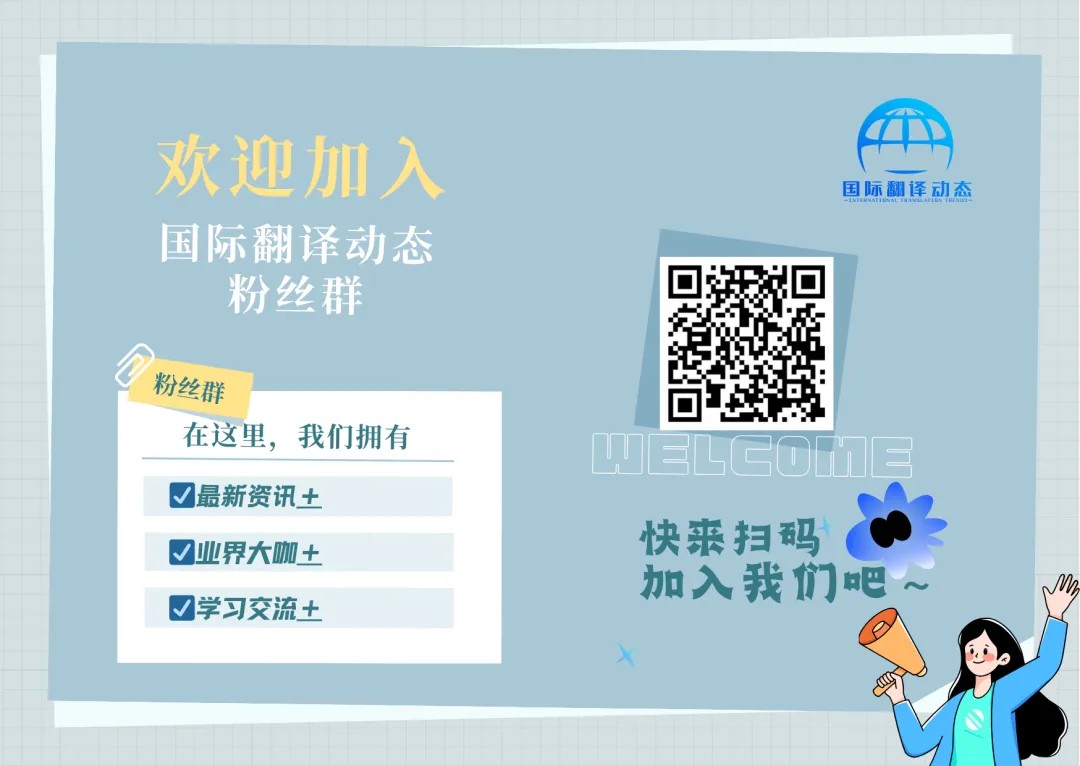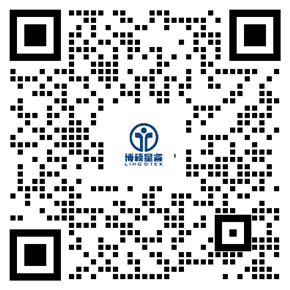听障群体首选!SignON手语机器翻译APP共创模式引领潮流
2024年10月01日 09:30 天津
SignON 项目:将听障群体纳入手语翻译技术的开发过程
(此图来源于MultiLingual官网)
A recent collaborative research project, known as SignON, included the deaf community in the development of a sign language machine translation (SLMT) app. Often, such technologies are developed without substantial input from the communities they are intended to serve, which has historically led to ineffective solutions that are rejected by the intended users. In contrast, this project emphasizes co-creation to ensure that the technology aligns with the actual needs and preferences of its users. 最近,一项名为“SignON”的合作研究项目将听障群体纳入了手语机器翻译(SLMT)应用程序的开发中。通常,这些技术在开发过程中并未充分听取目标用户群体的意见,这种情况历来导致产品无法有效解决用户问题,最终被目标用户拒绝。相反,这个项目强调共同创造,以确保技术对标目标用户的实际需求和偏好。
SignON, a three-year initiative funded by the European Union under the Horizon 2020 program, brought together a diverse team of researchers, deaf community representatives, and experts in sign linguistics, MT, and artificial intelligence (AI). The primary goal of SignON was to develop a prototype for an SLMT app that would facilitate communication between deaf, hard-of-hearing, and hearing individuals across multiple signed and spoken languages. The research team employed various methods — including surveys, interviews, and focus groups — to gather insights from the deaf community. SignON 是一个为期三年的项目,获得了欧盟“地平线 2020”计划的资助。该项目汇集了一个多元化的团队,包括研究人员、听障群体代表以及手语语言学、机器翻译(MT)和人工智能(AI)方面的专家。SignON 的主要目标是开发一个 SLMT 应用程序原型,以促进听障人士和听力正常者之间使用多种手语和口语进行交流。研究团队采用了多种方法,包括调查、访谈和焦点小组,来收集听障群体的见解。
According to an article in Health Tech World, the project incorporated theater as a medium for community engagement. The researchers, in collaboration with deaf theater practitioners, developed a performance titled All the World’s a Screen. This live performance, presented in Irish Sign Language (ISL), incorporated AI tools for real-time analysis of the performers’ movements, object recognition, and live transcription of spoken English translations. These elements showcased the capabilities of emerging SLMT technologies while also highlighting their current limitations. The performance was followed by a discussion with the audience, allowing them to share their views on SLMT and its potential applications. This method enabled the research team to gather feedback in a cultural and linguistic context that resonated with the deaf community. 据《健康科技世界》的一篇文章介绍,该项目将剧院作为听障群体参与的媒介。研究人员与听障戏剧工作者合作,创作了一场名为《世界是一个屏幕》(All the World’s a Screen)的演出。这场现场演出用爱尔兰手语(ISL)进行表演,并结合人工智能工具,实时分析表演者的动作、识别对象,并将英语口语翻译内容进行实时转录。这些内容展示了新兴 SLMT 技术的能力,同时也突显了该技术目前的局限性。演出结束后,观众参与了讨论,并分享了他们对 SLMT 及其潜在应用的看法。这种方法使研究团队能够在与听障群体产生共鸣的文化和语言环境中收集反馈意见。
Feedback from the deaf community was also instrumental in refining the app’s design. For instance, participants emphasized the importance of accurately capturing the complexity of signed languages, including non-manual features like facial expressions and body movements. This input led to adjustments in the app’s design, such as the development of more sophisticated avatar models that better represent the nuances of signed language. 听障群体的反馈对于改进该应用程序的设计也起到了重要作用。例如,参与者强调了准确捕捉手语的复杂性十分重要,包括面部表情和肢体动作等非手动特征。基于这些反馈,团队在应用程序的设计上进行了调整,例如开发更复杂的虚拟形象模型,以更好地呈现手语的细微差别。
Davy Van Landuyt, project manager at the European Union of the Deaf (EUD), underscored the ethical importance of this inclusive approach, stating, “Just including deaf people in a project is not enough. They need to lead the research to ensure that the outcomes truly reflect their needs and preferences.” This perspective was echoed by Shaun O’Boyle, a Research Fellow at Dublin City University who co-authored the paper about the project. He explained that historically, deaf people have often been excluded from the development of automatic translation technologies, leading to resistance and backlash from the community. The SignON project aims to reverse this trend by placing the community at the center of the research process. 欧洲聋人联盟(EUD)的项目经理戴维·范兰杜特(Davy Van Landuyt)强调了这种包容性方法在伦理方面的重要性,他表示:“仅仅让听障群体参与项目是不够的。他们需要主导研究,以确保研究成果真正反映他们的需求和偏好。”都柏林城市大学的研究员肖恩·奥博伊尔(Shaun O’Boyle)是该项目论文的合著者,他也赞同这一观点。他解释称,听障人士历来被排除在自动翻译技术的开发之外,这导致了听障群体的抵制和反感。SignON 项目旨在通过将听障群体置于研究过程的核心位置来扭转这一趋势。
特别说明:本文内容选自MultiLingual官网,仅供学习交流使用,如有侵权请后台联系小编删除。

– END –

